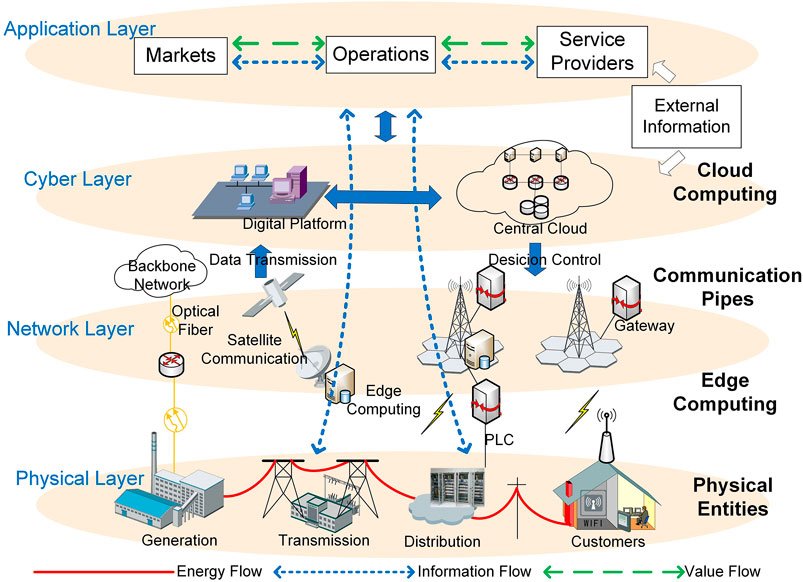5G Predictions Wrong: US Lags in Digital Strategy

The United States is falling behind in 5G technology deployment and lacks a cohesive national digital strategy, according to recent analyses. While analyst firms like Deloitte incorrectly predicted a lack of significant 5G applications, substantial industrial implementations are already transforming sectors such as ports, rail, and utilities. This oversight highlights a broader issue: the US’s reliance on Big Tech solutions without a comprehensive national plan.
Conversely, other nations have demonstrated significant progress in 5G adoption and its impact on national infrastructure. The Philippines, for example, experienced a dramatic improvement in internet speed following the introduction of 5G technology. From averaging a mere 2.8 Mbps in 2010, the country's average download speed surged to 71.85 Mbps by 2021, placing it at 64th globally in internet speed rankings. This increase is attributed to the adoption of 5G, coupled with improvements in cyberinfrastructure and increased demand driven by the COVID-19 pandemic. The transition from earlier generations of mobile networks (2G, 3G, and 4G LTE) to 5G significantly improved speeds and capabilities, enabling faster downloads, improved streaming, and enabling the Internet of Things (IoT) capabilities vital for smart city development.
This contrasts sharply with the US situation, where a lack of a coordinated national strategy has hampered progress. Analysts warn that this failure to proactively plan for and invest in 5G infrastructure could cost the US its global competitive edge. The absence of a national digital strategy leaves the nation reliant on the individual actions of large technology companies, potentially creating gaps in coverage and hindering the widespread adoption of 5G technology across various sectors. The disparity between the US’s lagging adoption and the success seen in countries like the Philippines underscores the urgency for a comprehensive national digital strategy in the United States. This strategy must account for infrastructure development, investment in technological advancements, and coordination between private and public sectors to ensure the nation remains competitive in the global digital landscape.









